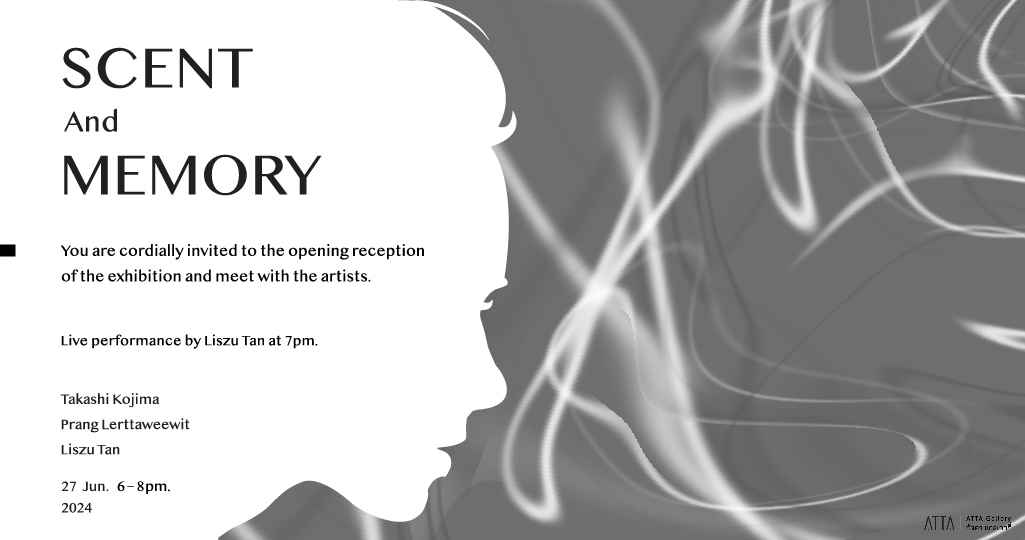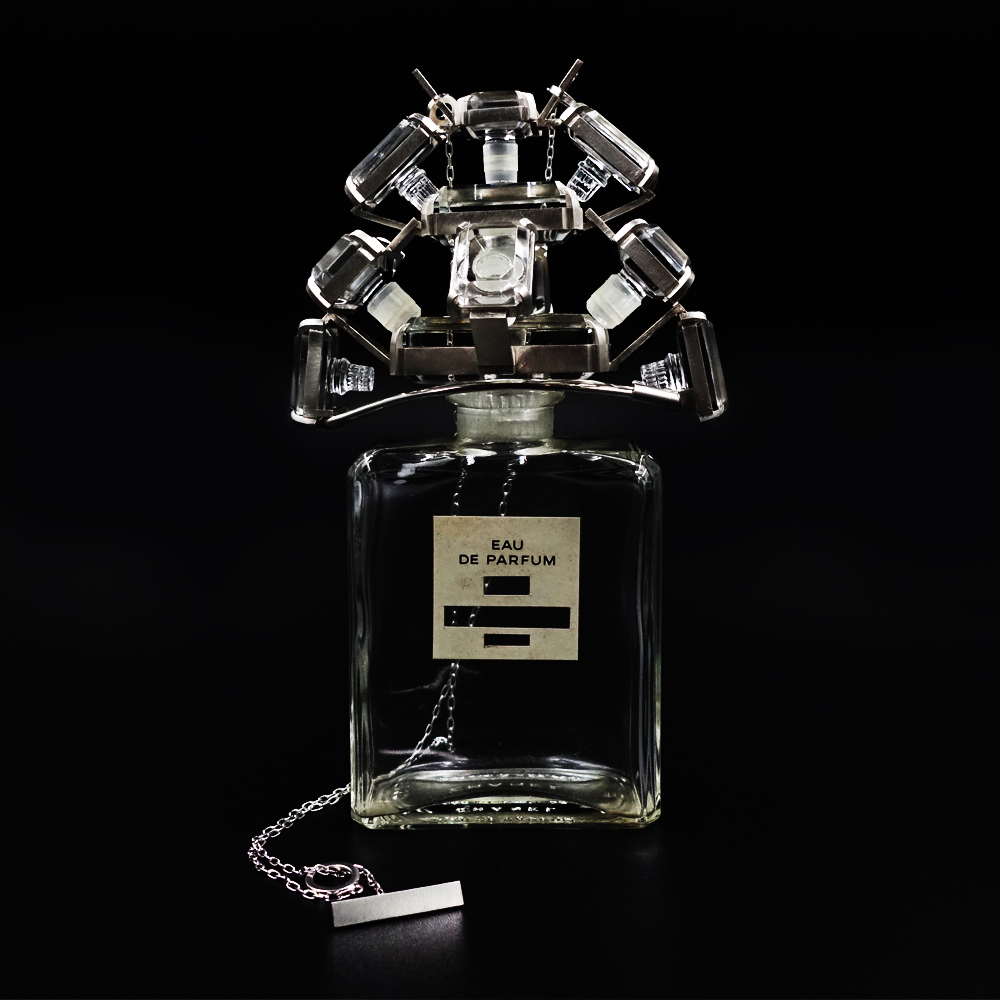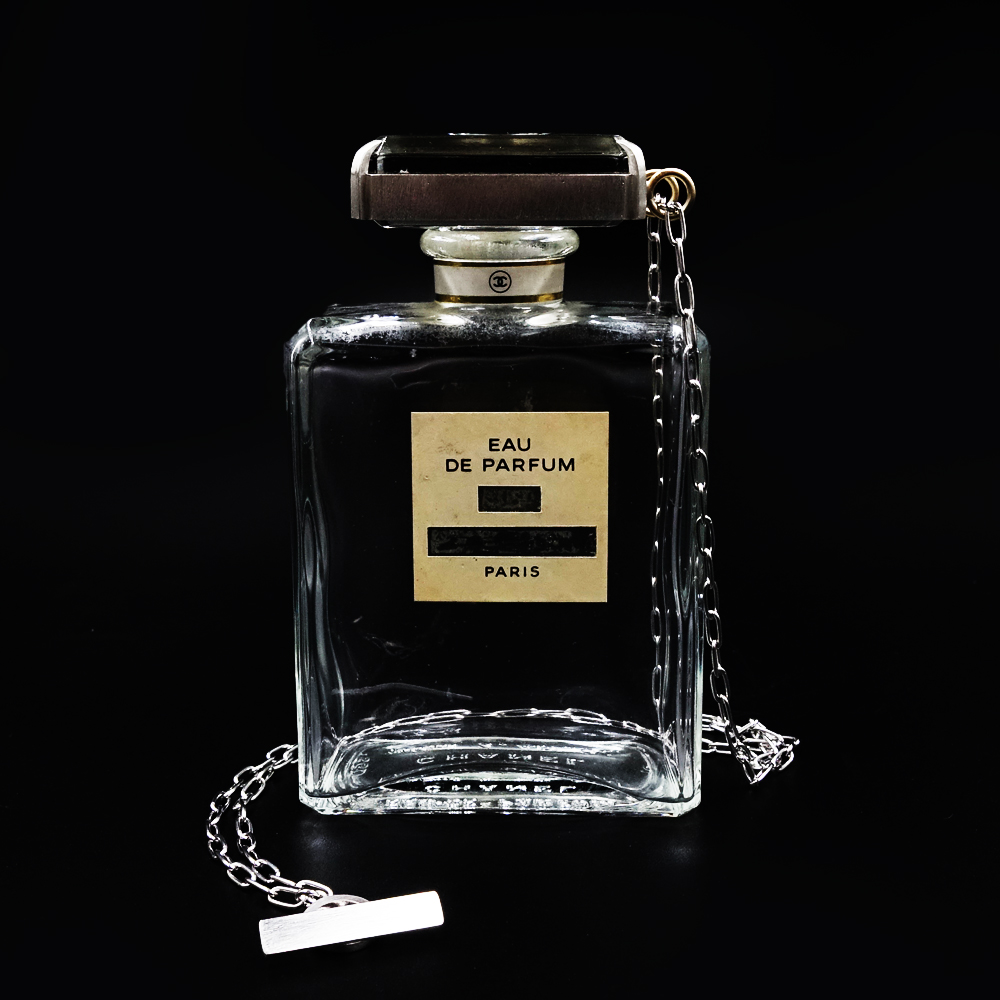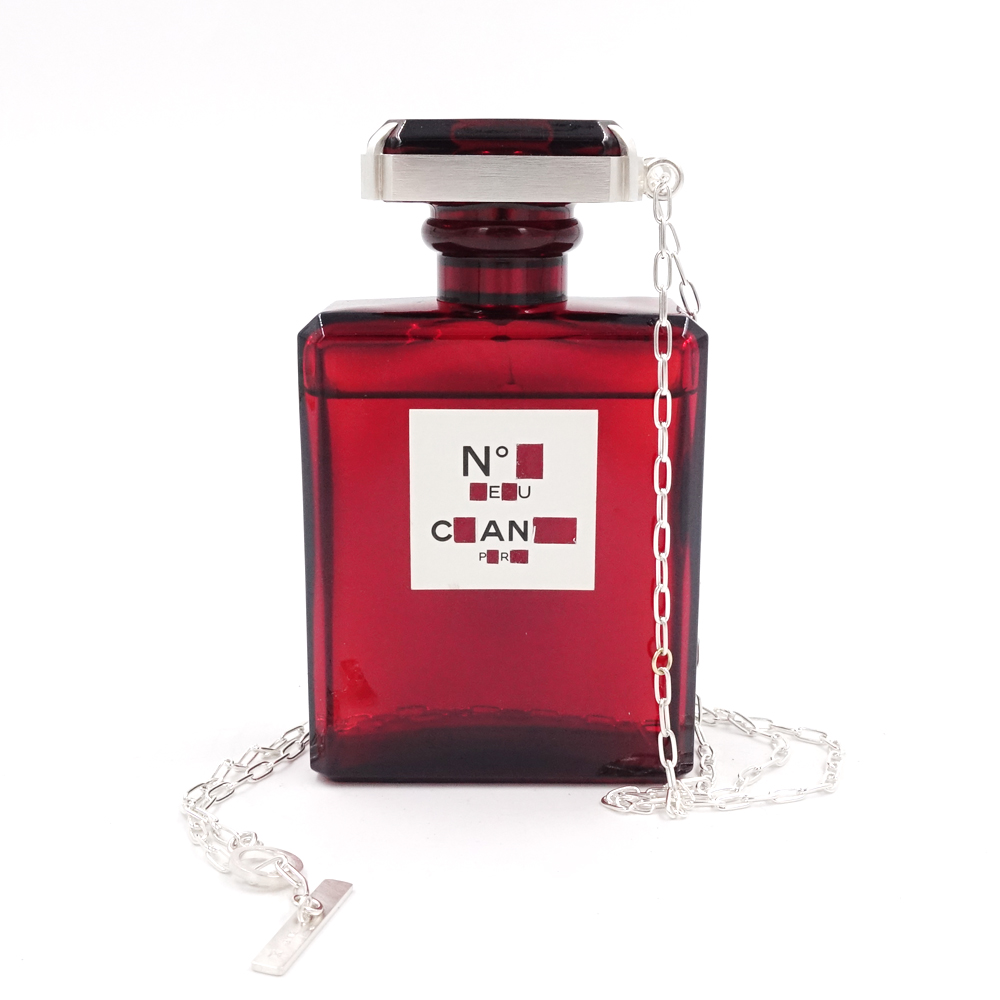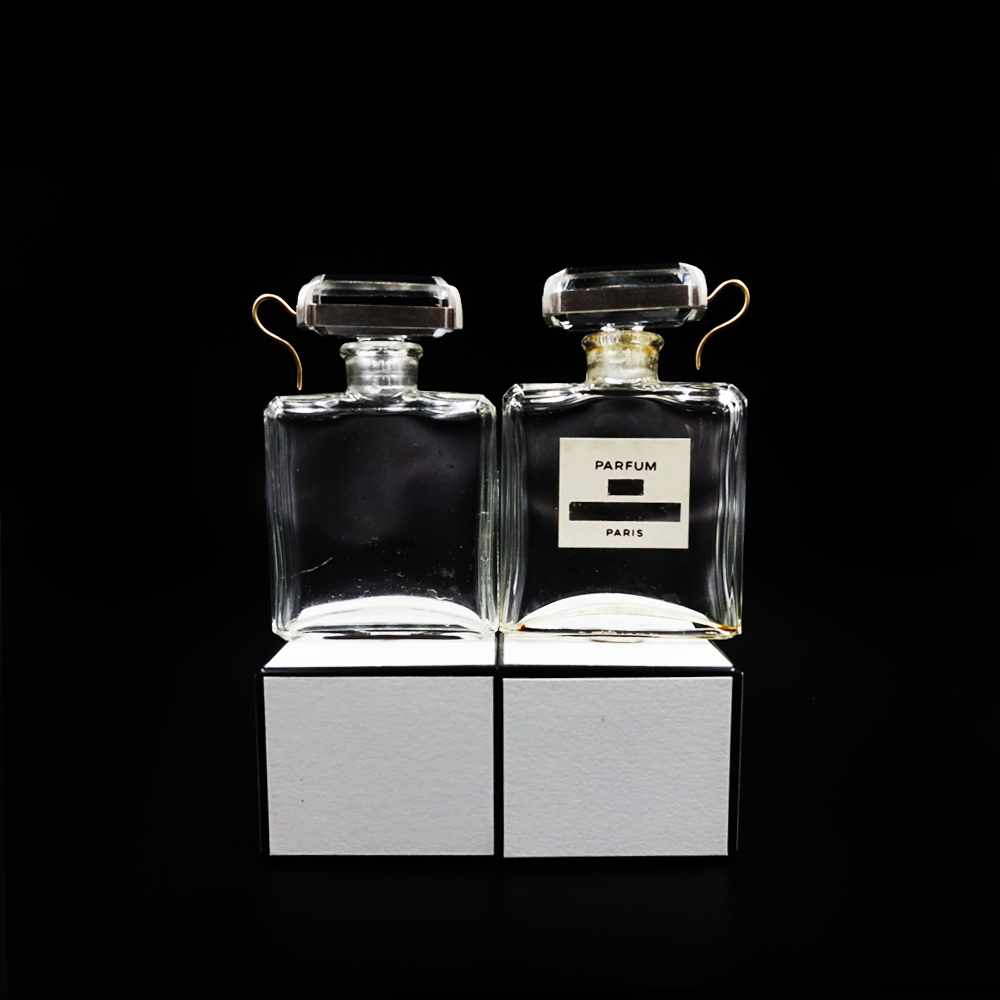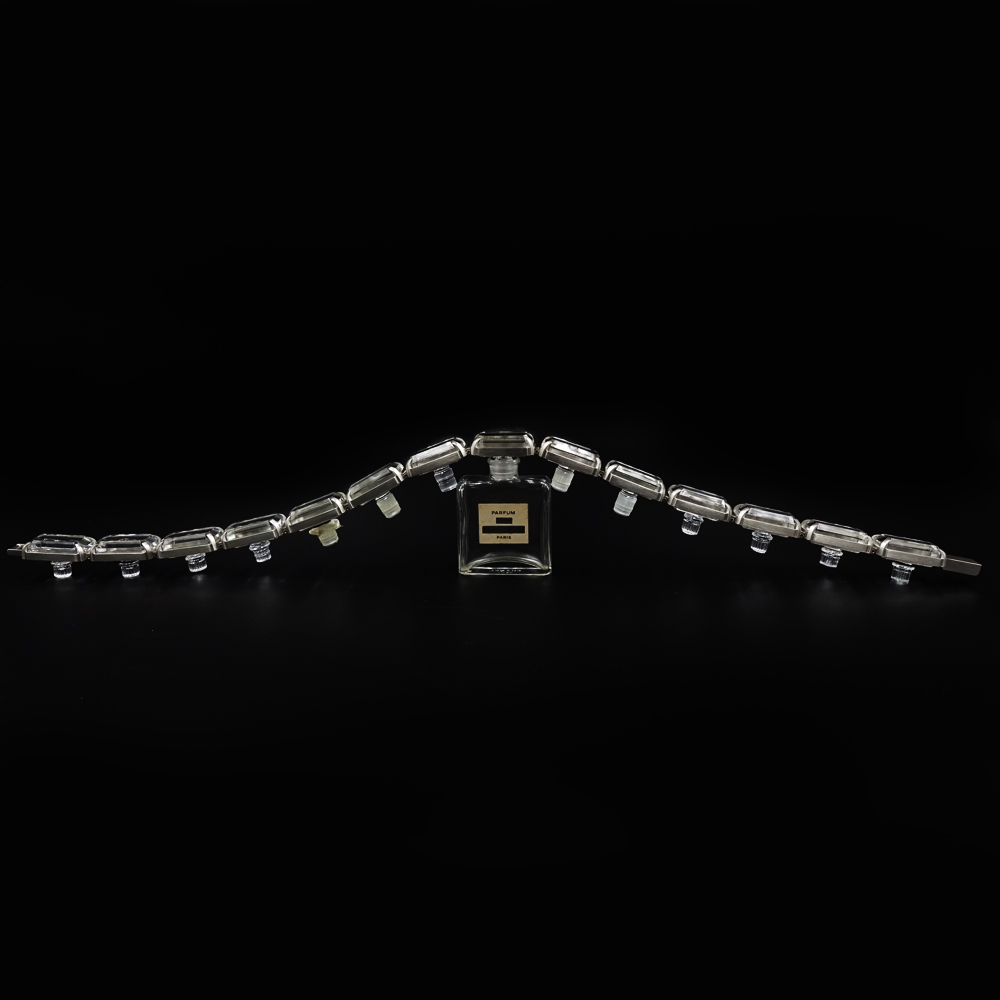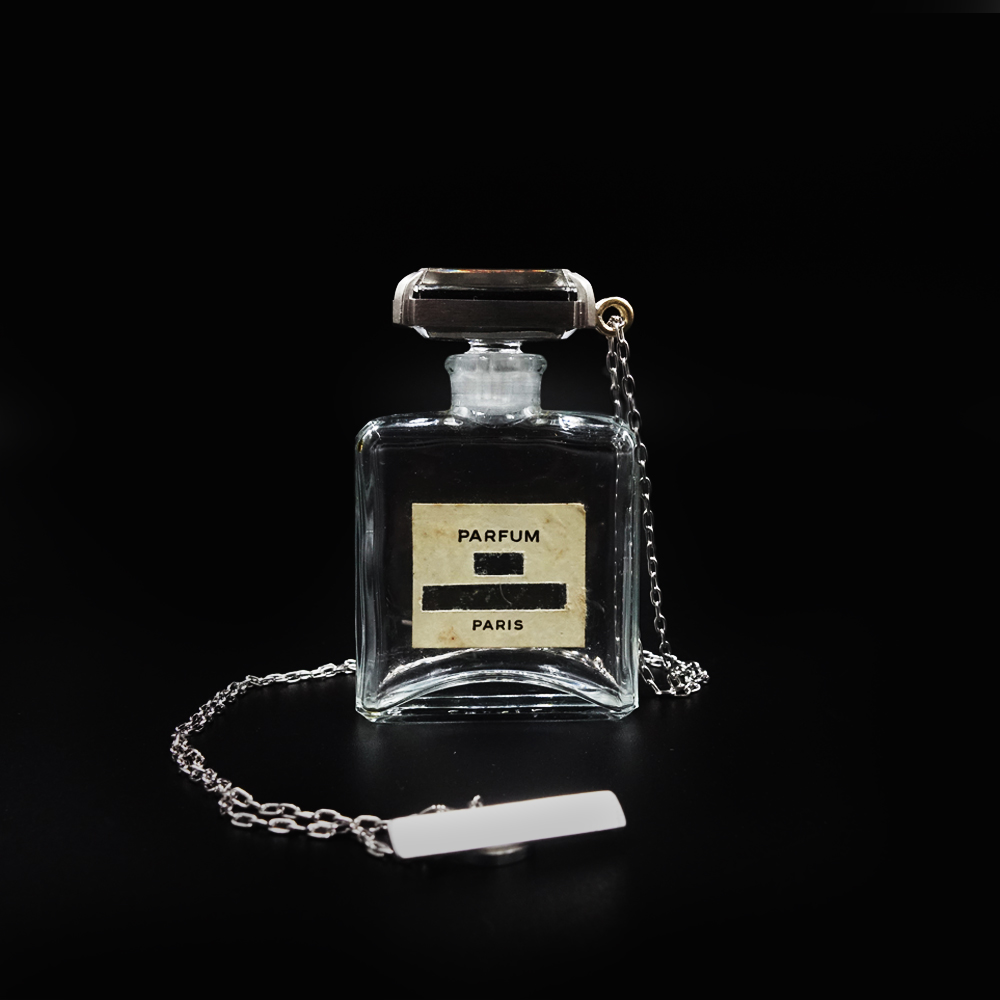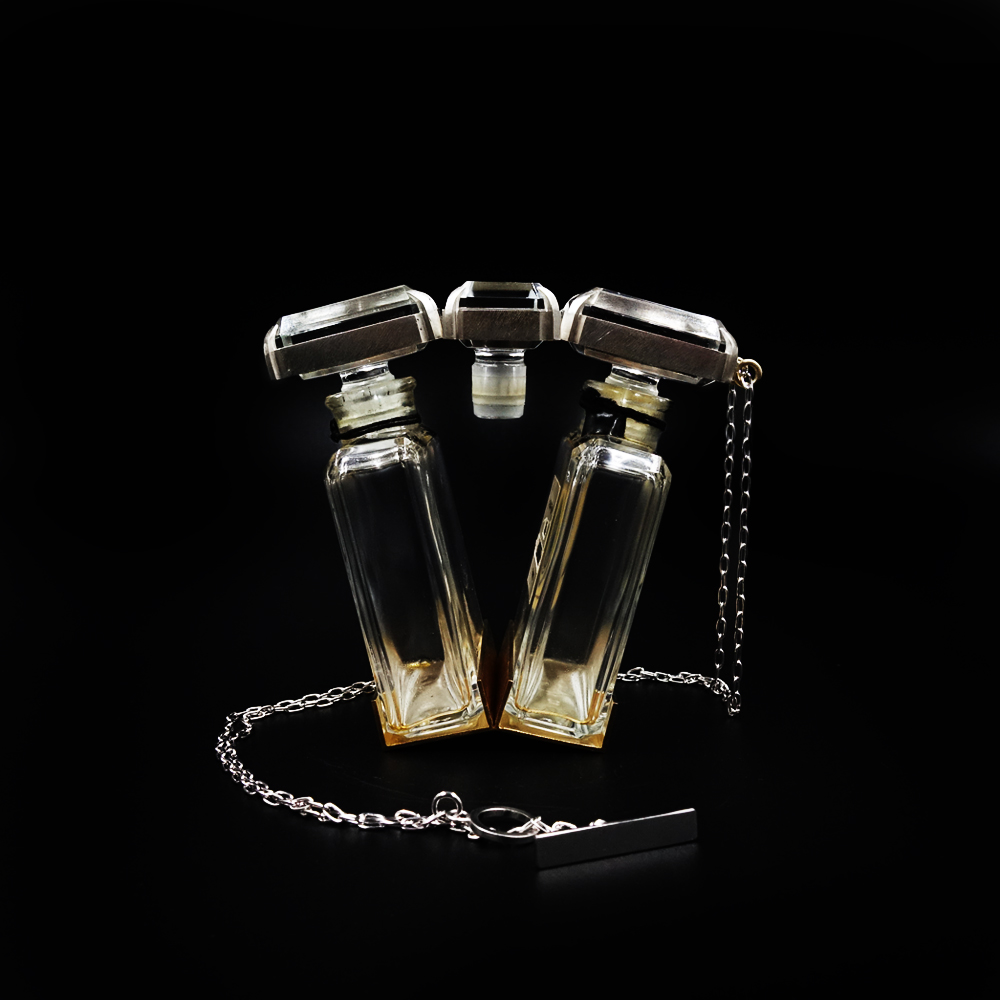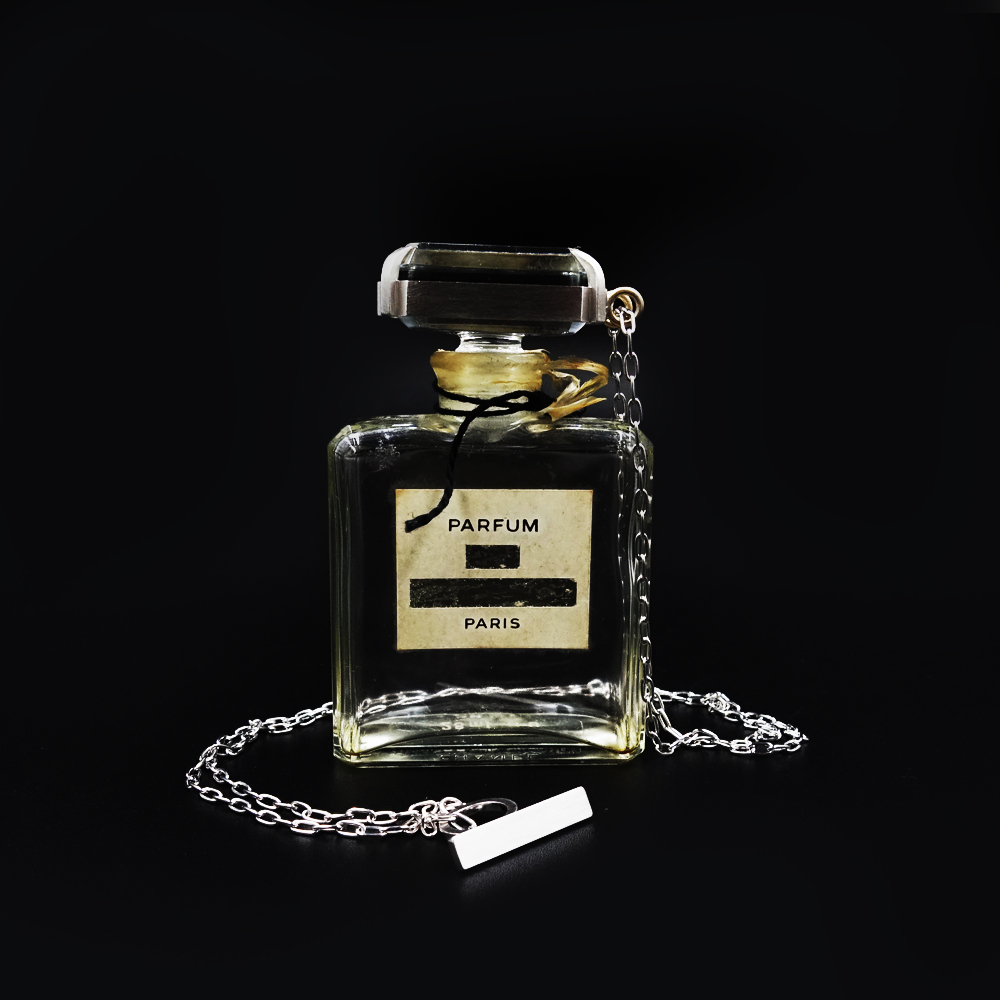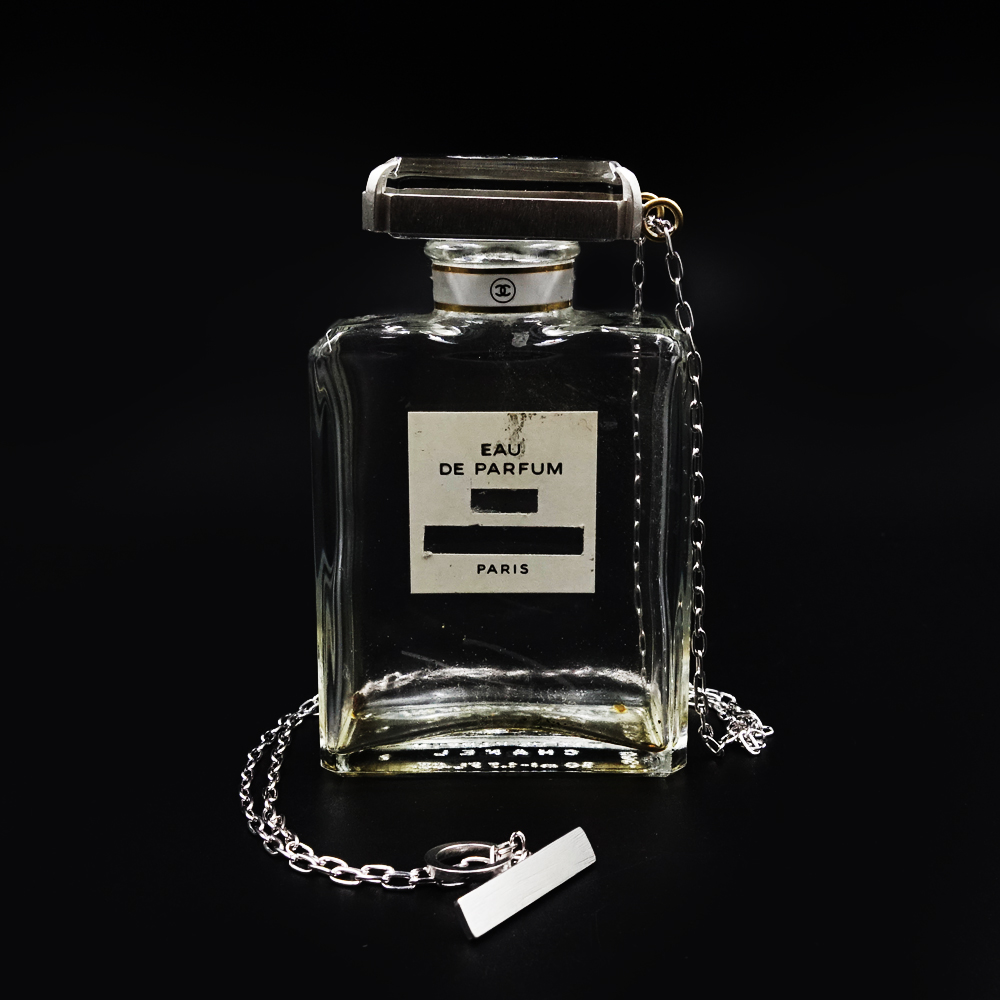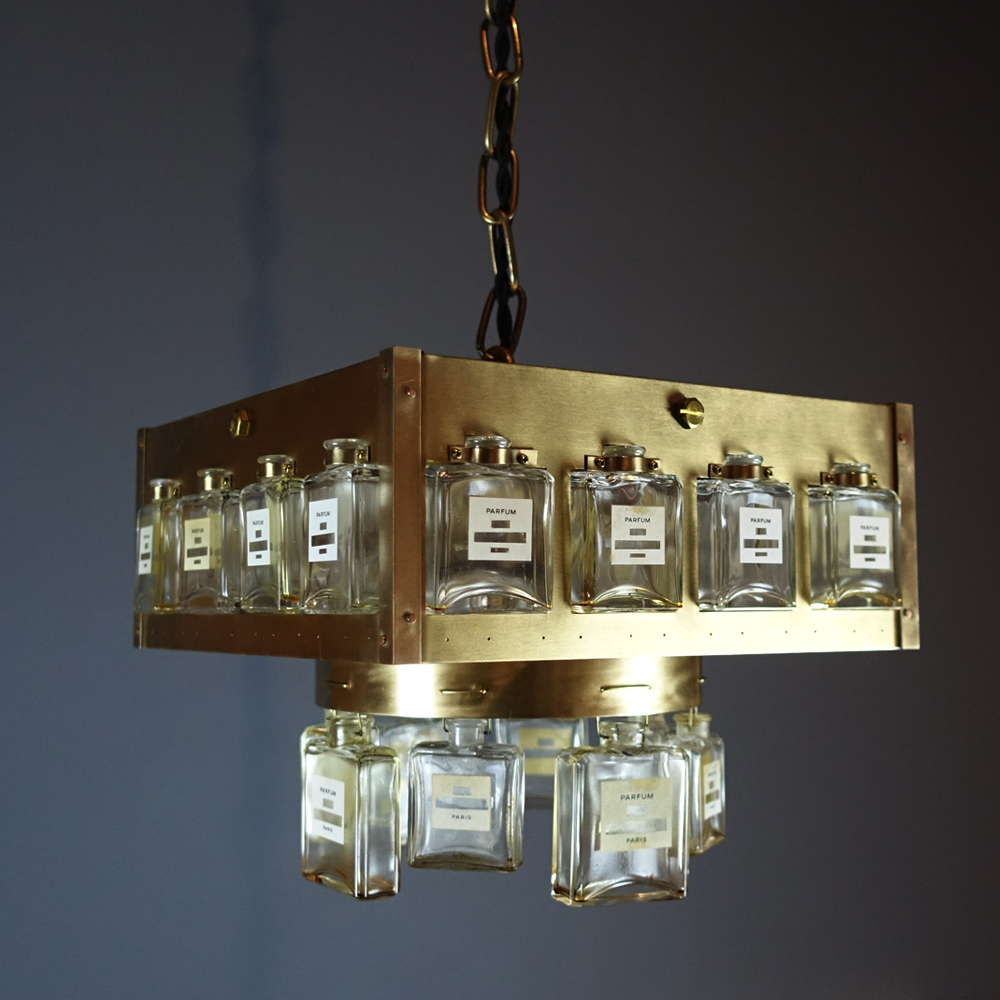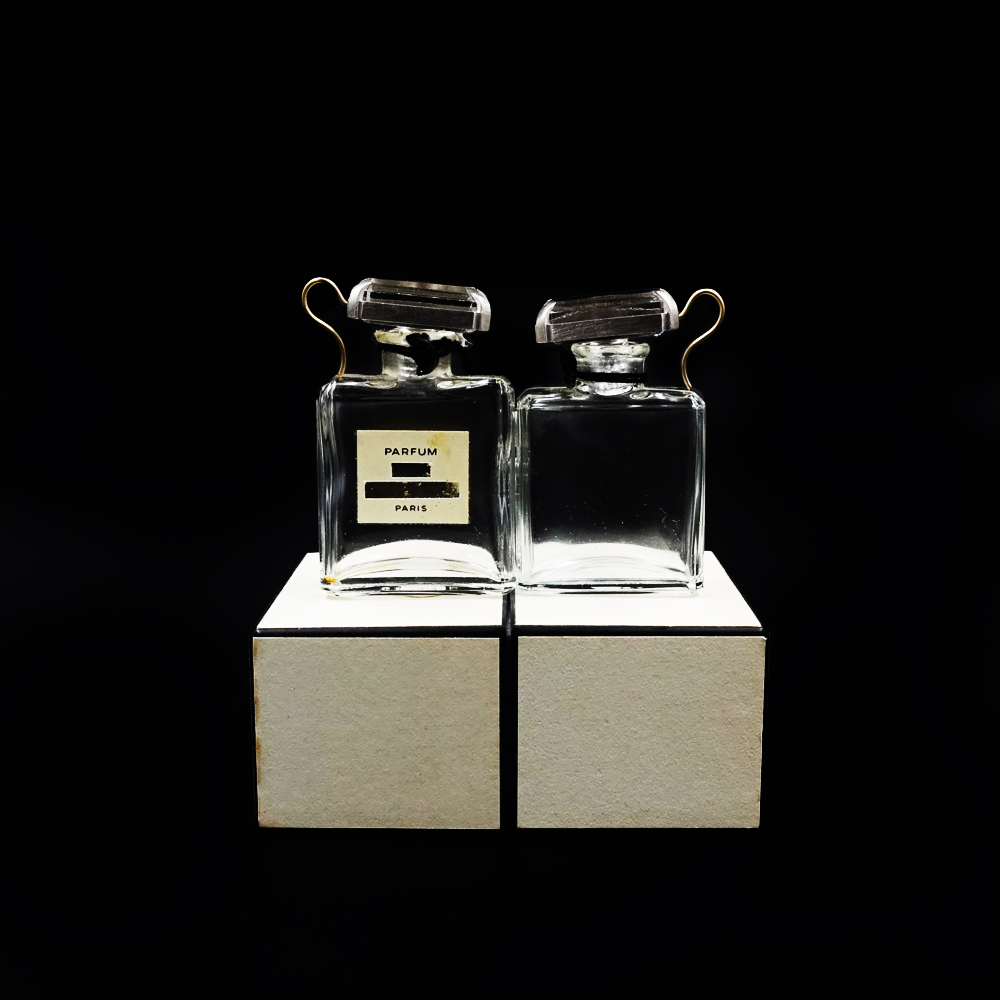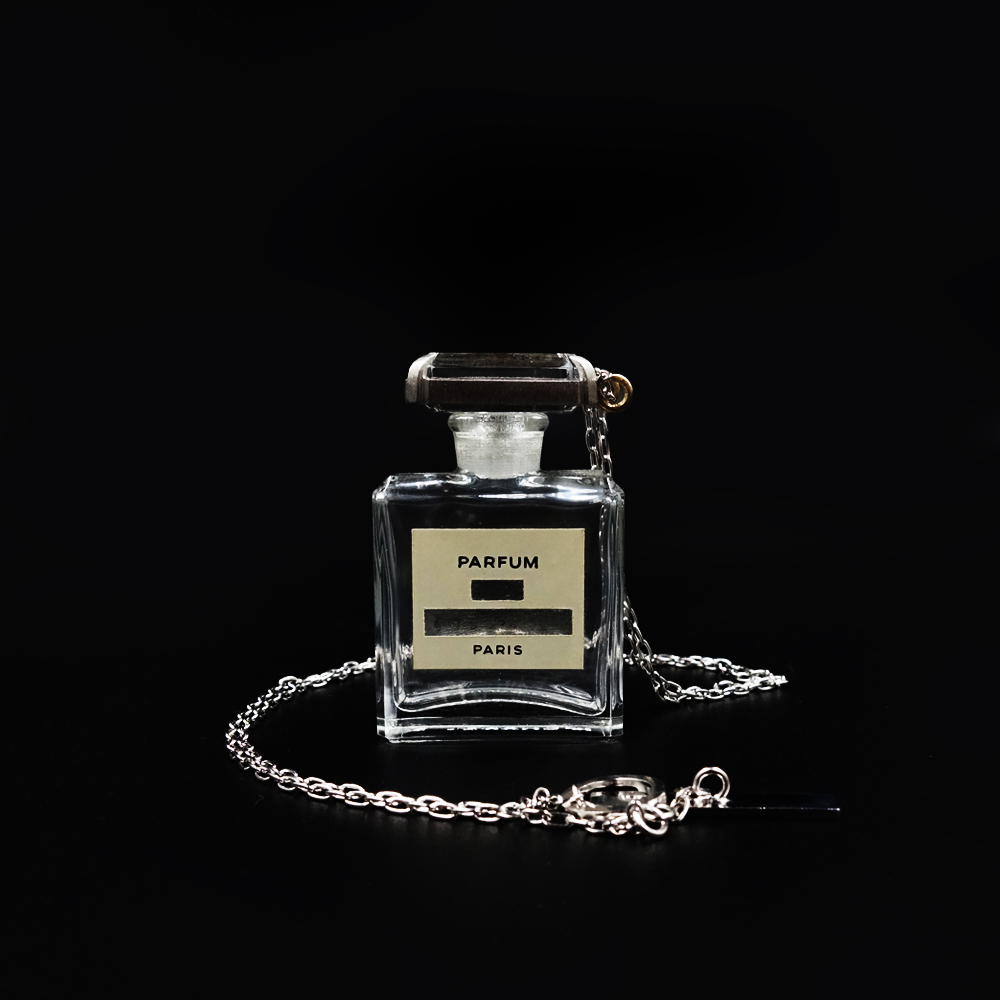Can you recall a time when a particular scent transported you back to a specific memory and place from the past? (Prang)
Can an object associated with a certain scent evoke the same memory as the scent itself? (Takashi)
If you were to lose your sense of smell, would your ability to recall certain memories be affected? (Liszu)
Among our five senses—sight, hearing, touch, taste, and smell—the sense of smell uniquely evokes vivid and emotionally charged memories, often more so than other senses. This strong connection is largely due to the brain's anatomy and how it processes sensory information. People often experience sudden, vivid recollections triggered by certain smells, a phenomenon known as the "Proustian memory" effect, named after Marcel Proust, who described it in his literary work.
Smell is processed in the olfactory bulb, which has direct connections to the hippocampus and amygdala, key areas for memory and emotion. Unlike other senses, which are first processed by the thalamus, olfactory signals bypass this relay center and connect directly to the limbic system, including the hippocampus and the amygdala. This direct connection explains why smells can trigger emotional memories. When a smell is present during the formation of a memory, it can act as a powerful cue for retrieving that memory later.
Understanding the connection between smell and memory can enhance our use of sensory information in clinical, everyday, and even artistic settings.
The three artists curated for the Scent and Memory exhibition explore the ties between scent and memory through their art practices and creative processes in various ways.
Prang Lerttaweewit, a Thai experience designer, has collaborated with experts across various fields to create projects in both the Nordic region, where she once lived, and in Thailand, where she now resides. She explored the use of scents to induce or recall memories through a collaborative project with Mischa Billing and Josefin Vargö for a palliative care service in Sweden. Later, she incorporated scents into special screen prints with The Archivist Studio and Tetsu Koyanagi. By rubbing the colored parts of the prints, certain smells are released. Some people try to guess the smells, while others are transported to a place tied to a specific memory.
Takashi Kojima, a Japanese artist living in Kyoto, uses used and empty Chanel N°5 perfume bottles to create works in the form of jewelry and art objects. He attempts to visualize their roles in our consumer society as well as how a scent can relate to our feelings and memories. He recalls smelling Chanel N°5 as a child, as both his grandmother and mother loved and used the perfume. The scent brings back fond memories of his childhood with them. It also intrigues him that wearing a used perfume bottle can mean wearing a memory of its unknown owner.
Liszu Tan, a multidisciplinary Malaysian artist, lost her sense of smell due to a head injury caused by an accident a few years ago. She expressed the embodiment of healing through movements in our neuro-sensory pathways within the fascia as soft sculptures in her graduation works from Lasalle College of Art in Singapore. This exhibition prompted her to closely examine the disconnect between certain scents and memories, questioning whether it is possible to recall olfactory memories and the associated imagery. In this process, she commemorates these experiences and transforms them to re-live in another sensory avenue.
We invite you to experience the artworks presented in the Scent and Memory exhibition through your sense of smell and sight, to discover for yourself if any memory or emotion—good or bad—can be recalled.
